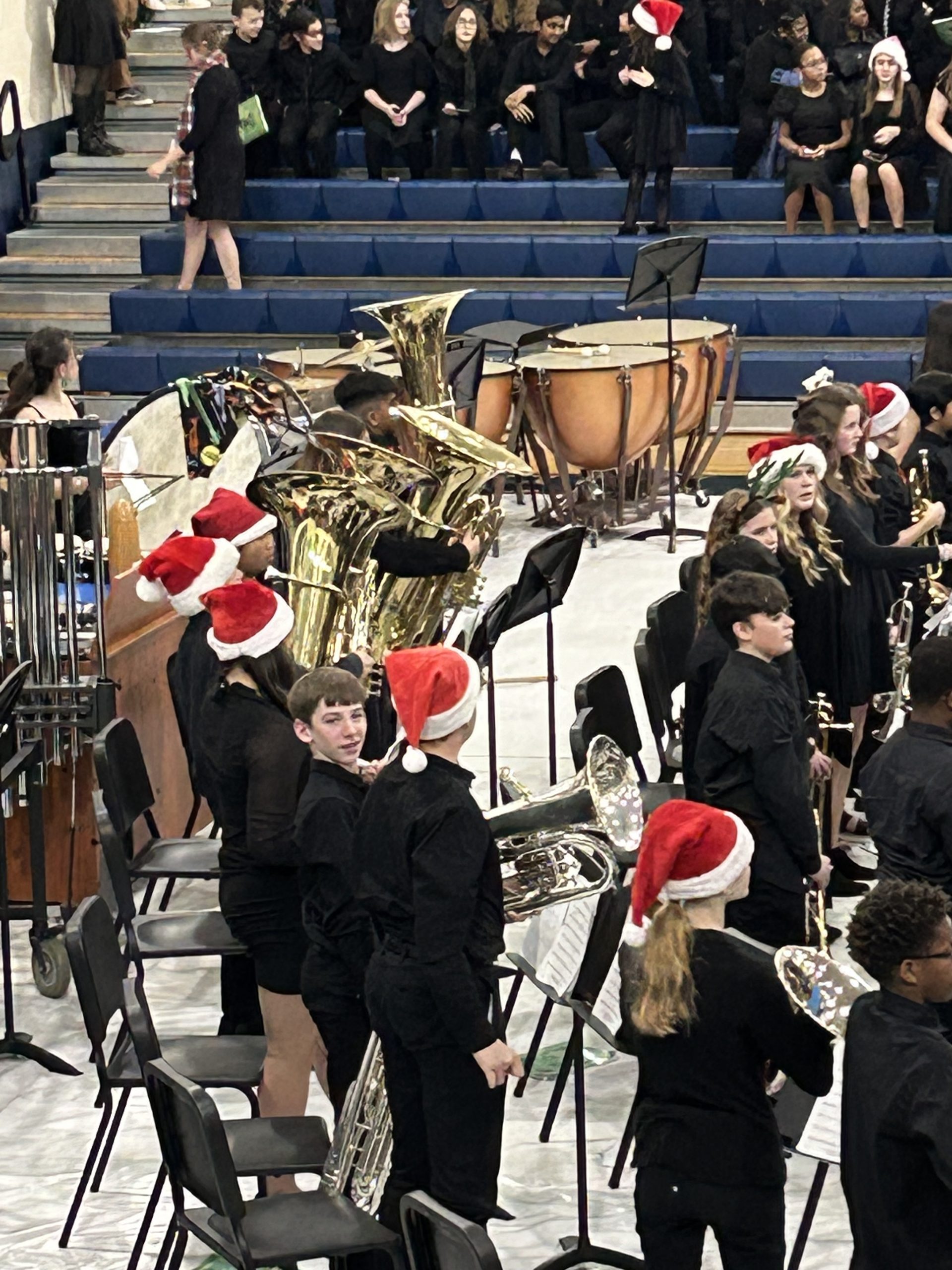Year-round school is making a comeback. This is the time of the year when schools create next year’s calendar. Everyone likes the summer break that is scheduled into the calendar. Well, maybe not parents. Parents must arrange for sitters, daycare, summer camps, or extended year programs. But, some schools are open all summer because of year round school.

The National Association for Year Round Education reported about 3,000 schools enrolled more than 2 million students in the United States. They average a 2 percent dropout rate. There are approximately 46 states that have year round school.
History
Year-round school has a past that dates back to the 1800s. Its original purpose was to teach the children of immigrants to speak English. In the 1900s, its purpose changed to combat overcrowding and underfunding. These two issues are still a problem today.
Reorganization
Year-round school is simply a reorganization of the traditional school schedule. Most schools that eliminated summer breaks follow one of three methods:
• 45 days on – 15 days off
• 60 days on – 20 days off
• 90 days on – 30 days off
There are also different tracks. A single track means that all the students are either in school together or on vacation at the same time. A multi track has some students and staff in school and some on vacation. Whatever method is utilized, it maintains the 180-day schedule.
Pros of Year-round School
There are several reasons why year-round schools are beneficial:
• They offer more breaks and more opportunities for family vacations.
• It solves the problem of overcrowding.
• Low-income families that can’t afford summer camps or babysitters will benefit.
• It eliminates the academic loss over the summer.
Cons for Schools To Be Open All Year
Along with the reasons why year-round schools are beneficial, there are reasons why they are not.
• There are extracurricular scheduling conflicts.
• Families of multiple children could have different schedules.
• Students are unable to go to summer camps or have part time jobs.
• The cost of running school through the summer increases with busing or lunch programs.
What’s Best
The traditional school calendar was designed for a different time in America’s past. It was designed for children to help parents with farming during the agricultural season. Today, many schools are hubs for various services. In opening the schools all year, various services will not stop. There are many reasons to consider either traditional schedules or year-round schedules. Each community needs to consider what best fits their individual community and provide our students with the best opportunity to succeed academically, socially and emotionally.
![]()



